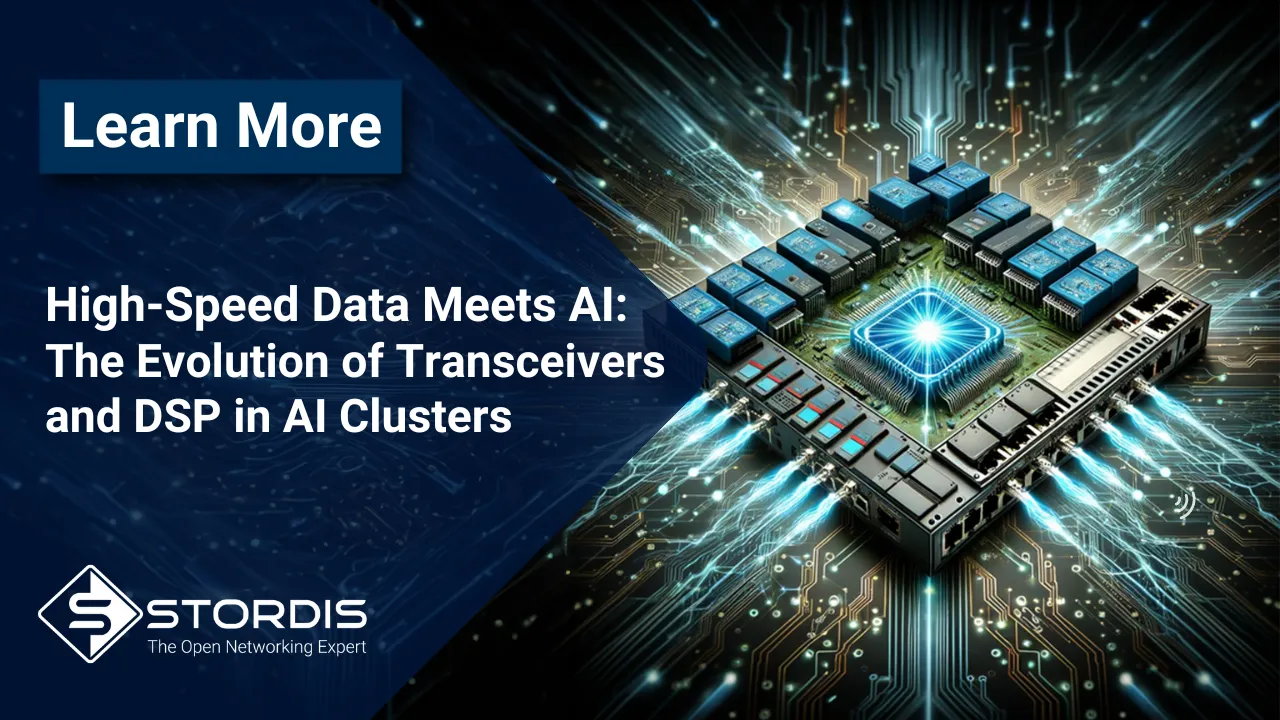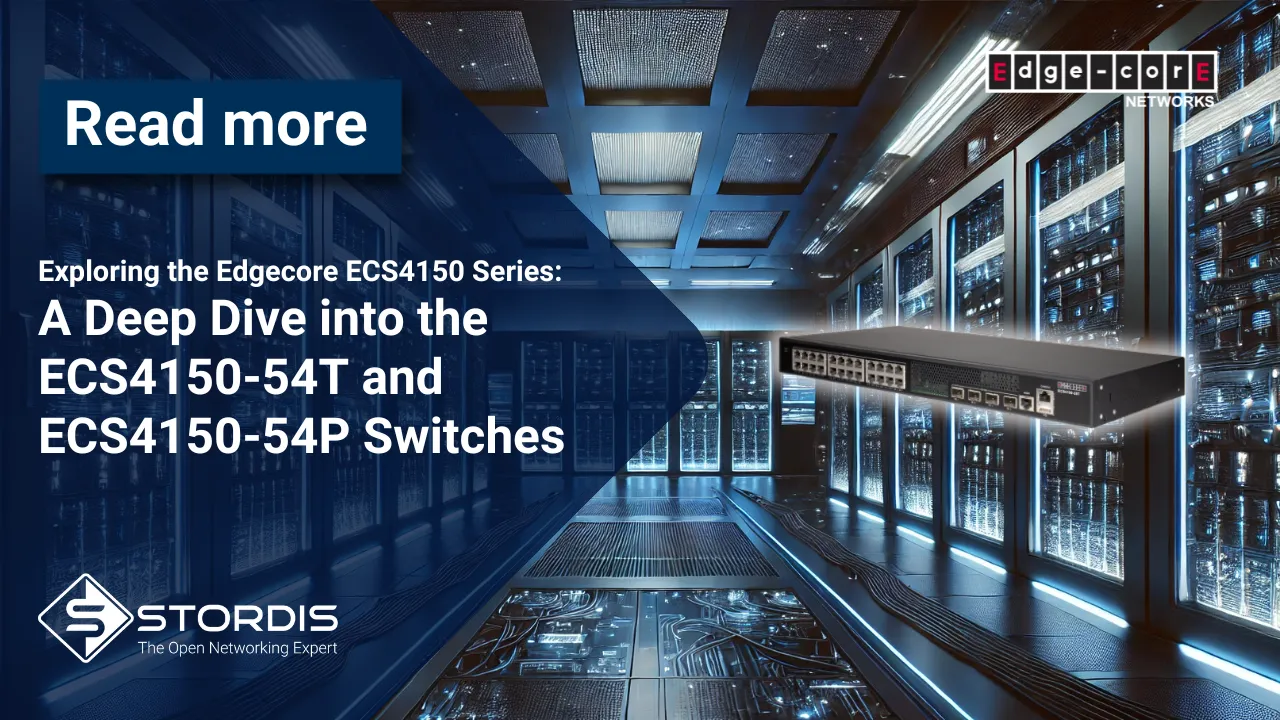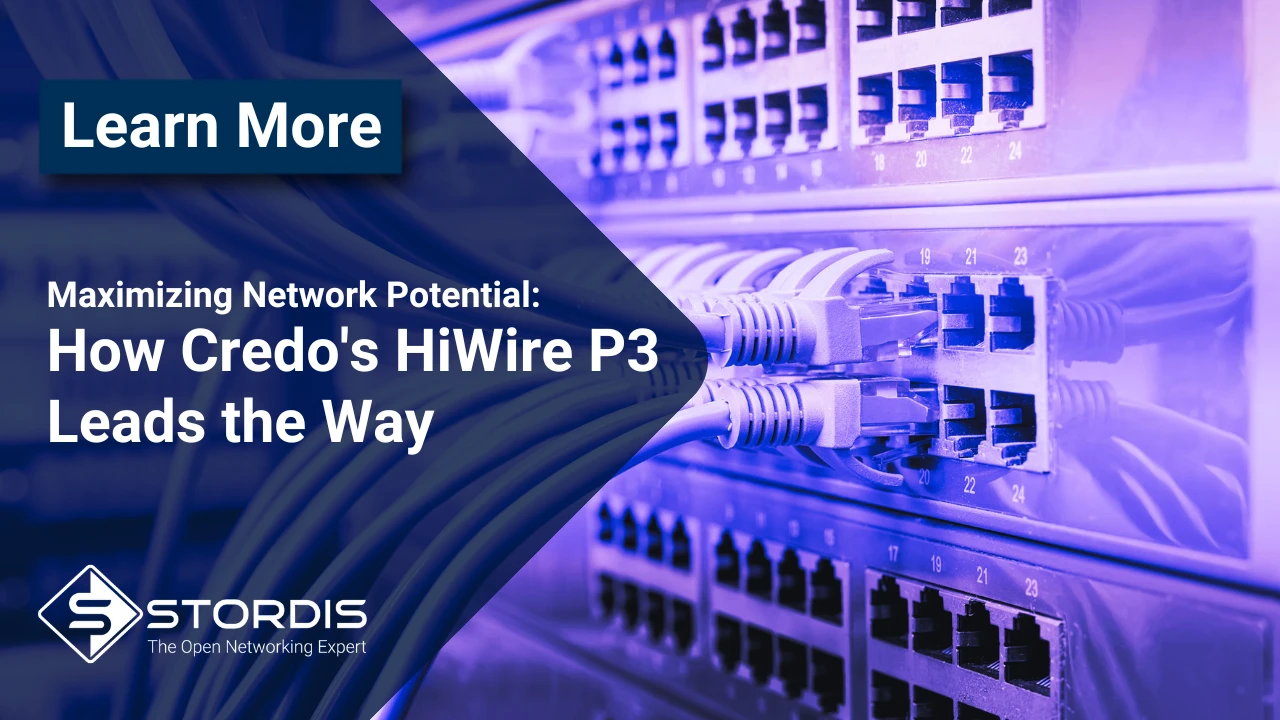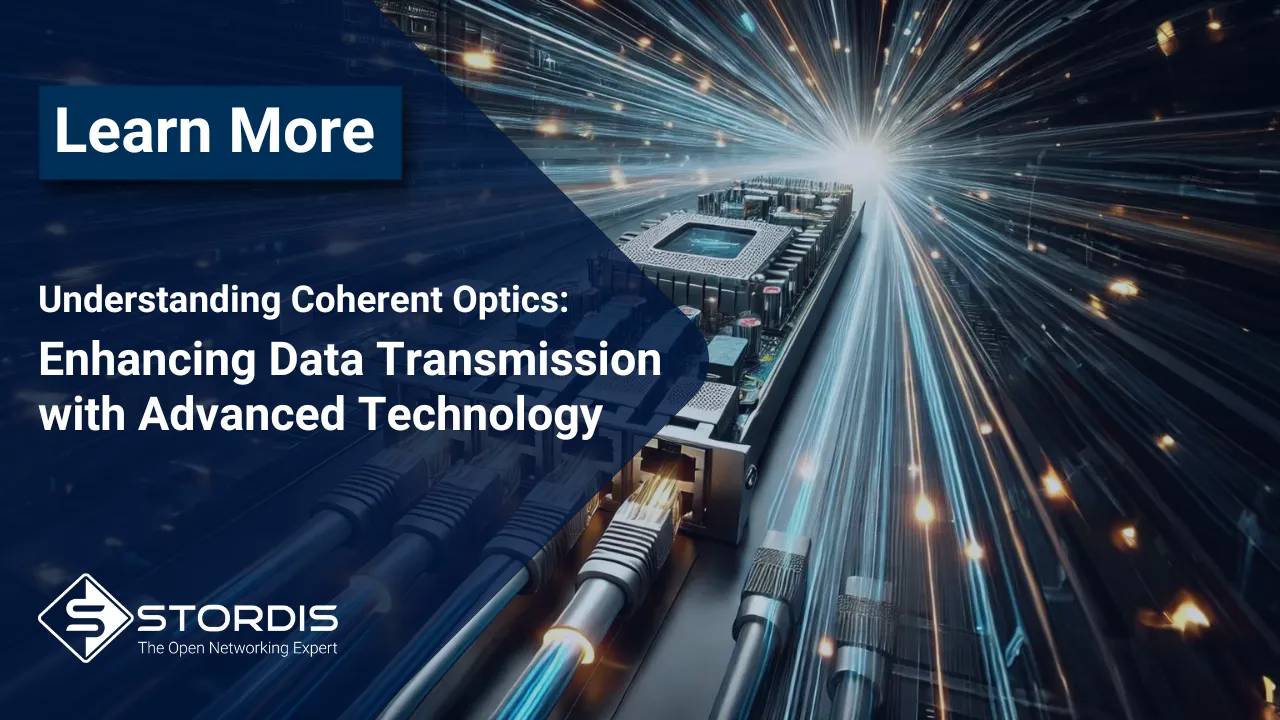- You have no items in your shopping cart
- Continue Shopping
High-Speed Data Meets AI: The Evolution of Transceivers and DSP in AI Clusters

- Introduction
- AI
2.1 How does AI learn?
2.2 AI Clusters
2.3 Why is hardware important? - Transceivers Bandwidth 800G QSFP-DD and OSFP and the issues
- DSP
4.1 What is DSP?
4.2 Why DSP processors are being shifted from high-speed transceivers to switches? - Conclusion
1.Introduction
Welcome to Blog, where we delve into the intricate world of transceivers within AI clusters. As the demand for high-speed data transmission continues to surge, the integration of transceivers represents a pivotal advancement in the realm of artificial intelligence (AI). In this comprehensive exploration, we will navigate through various aspects, from understanding the fundamentals of AI to dissecting the intricacies of transceivers bandwidth and Digital Signal Processing (DSP). Join us as we unravel the significance of these technologies and the challenges they present, ultimately paving the way for enhanced efficiency and innovation in AI-driven applications.
2. AI
2.1 How does AI learn?
Recently, artificial intelligence (AI) has gained significant attention worldwide due to its potential applications across various domains, simplifying and accelerating numerous processes. Machine learning algorithms enable the solution of tasks that were previously beyond our reach. In today’s rapidly evolving technological landscape, harnessing the power of AI has become essential for businesses seeking a competitive edge and driving innovation. However, integrating AI into existing systems and workflows can be complex. To successfully leverage AI’s capabilities, organizations must follow a strategic approach. Here are three fundamental steps to make AI work effectively:
Collect Data:
Effective AI implementation begins with collecting relevant data. Data serves as the lifeblood of AI, providing the necessary information for algorithms to learn and make informed decisions. Comprehensive and high-quality datasets, including customer interactions, transaction records, and sensor data, lay the foundation for AI-driven insights and solutions.
Train Servers:
Once collected, data undergoes a crucial process known as training. During this stage, data is fed into servers or other computing systems equipped with AI algorithms. These algorithms analyze the data, identify patterns, and adjust their parameters to optimize performance. Training servers refine AI models, enabling them to extract meaningful insights and predictions from complex datasets.
Utilize Trained AI:
With AI algorithms successfully trained, organizations can now deploy them to perform a myriad of tasks and deliver actionable insights. Utilizing trained AI opens up a world of possibilities, from automating repetitive processes and enhancing decision-making to unlocking new business opportunities. Whether it’s optimizing supply chain operations, personalizing customer experiences, or predicting market trends, trained AI empowers organizations to drive efficiency, innovation, and growth. While these steps may seem straightforward, the challenge lies in the sheer volume of data required. AI needs access to vast amounts of data to learn effectively and make accurate predictions. Additionally, the training process must be efficient to achieve usable AI in a timely manner.
Despite the straightforward nature of these steps, the real challenge lies in acquiring and processing vast amounts of data efficiently. Moreover, organizations must ensure the training process is streamlined to achieve usable AI within reasonable timeframes. Ultimately, mastering AI implementation holds the key to unlocking its transformative potential and gaining a competitive edge in today’s dynamic landscape.
2.2 AI Clusters
AI Clusters are groups of specialized computers or servers used to process data and perform operations related to artificial intelligence (AI). These clusters are designed to handle large volumes of data and intensive computations required for training and running advanced machine learning and artificial intelligence algorithms.
Key features of AI Clusters:
High Performance: AI clusters are equipped with specialized hardware and software that enable fast processing of large datasets.
Scalability: They can be easily scaled up by adding new computers or servers, allowing for flexible adaptation to changing requirements.
Specialized Applications: AI clusters are used in various fields such as industry, science, finance, medicine, and others, where advanced computations and data analytics are crucial.
Parallel Computing: AI clusters utilize parallel computing, so they can process multiple tasks simultaneously, increasing their efficiency and performance.
With their advanced features, AI Clusters are a key tool in developing and implementation of cutting-edge solutions based on Artificial Intelligence.
2.2 Why is hardware important?
The concept of AI is truly remarkable; however, it comes with a myriad of challenges that must be addressed to fully harness its potential. Some studies have revealed that up to 33% of AI work time is spent waiting for network communication. This highlights the necessity of optimizing network infrastructure for the seamless functioning of AI. To enhance efficiency, it is imperative to significantly reduce latency and minimize data losses as well as use the high bandwidth. Moreover, the process of training AI requires substantial computational power, resulting in escalated energy consumption and heightened system heating.
3. Transceivers Bandwidth 800G QSFP-DD and OSFP and the issues
In the realm of artificial intelligence (AI), the demand for high-bandwidth transceivers has skyrocketed, driven by the need for faster data transmission speeds. These transceivers, crucial for AI applications, must meet stringent requirements, with speeds reaching up to 800G and beyond.
As technology advances at an unprecedented pace, a new generation of transceivers has emerged: the 800G transceivers. These cutting-edge optical modules represent the next frontier in high-speed data transmission, offering unprecedented bandwidth capabilities and unlocking new possibilities for data-intensive applications.
A key consideration in the realm of 800G transceivers is the choice between QSFP-DD800 and OSFP standards. QSFP-DD800, or Quad Small Form-factor Pluggable Double Density 800, is a new standard designed specifically for speeds of up to 800G. Conversely, OSFP (Octal Small Form factor Pluggable) is another standard supporting 800G transmission.
When comparing QSFP-DD800 and OSFP 800 (tab.1), a notable difference lies in their dimensions. QSFP-DD modules are smaller than OSFP ones, resulting in differences in thermal capacity and power consumption. While OSFP’s larger size offers greater thermal capacity, it also leads to higher power consumption compared to QSFP-DD.
| Type | Dimensions |
| QSFP-DD | 18.35 x 103 x 8.5 mm |
| OSFP | 22.58 x 107.8 x 13 mm |
Tab.1 Dimensions of QSFP-DD and OSFP transceivers.
Another important factor is backward compatibility. QSFP-DD800 is backward compatible with QSFP+ and QSFP28 standards, enabling seamless integration with existing QSFP form factor transceivers. This compatibility ensures flexibility and ease of integration for network operators transitioning to higher-speed solutions while utilizing their existing infrastructure.
The choice between QSFP-DD800 and OSFP 800 depends on specific network requirements, including size constraints, thermal management, power consumption, and compatibility with existing infrastructure. Both standards represent significant advancements in high-speed data transmission and offer unique advantages for modern networking applications.
However, power consumption presents a significant challenge, particularly for data centers, due to the large amount of energy required. This is a critical issue as the power consumption of 800G transceivers far exceeds that of lower-bandwidth transceivers. Given the extensive use of transceivers in data centers, this poses a significant challenge.
Regarding low latency, the introduction of InfiniBand technology aimed to minimize delays, crucial for AI/ML training clusters. However, Ethernet has emerged as a comparable alternative, offering similar performance to InfiniBand for these clusters. Low latency is crucial for AI applications, leading to the adoption of InfiniBand technology. However, Ethernet offers comparable performance to InfiniBand for AI/ML training clusters.
AI systems need transceivers that can send data faster than ever before. That’s why Digital Signal Processing (DSP) isn’t in transceivers. Instead, it’s in switches. This is also because each switch only needs one DSP, but if it was in every transceiver, it would cost a lot more.
4. DSP
4.1 What is DSP?
DSP (Digital Signal Processors)
In transceivers, Digital Signal Processors (DSPs) play a crucial role in optimizing the quality of data transmission over optical fiber networks. Here’s how they work:
Signal Equalization: DSPs in transceivers compensate for signal distortions that occur during transmission through optical fibers. These distortions can be caused by factors like dispersion or attenuation, which degrade the quality of the transmitted signal. The DSP adjusts the amplitude and phase of the received signal to ensure that it maintains its integrity, maximizing data transmission rates and minimizing errors.
Error Correction: DSPs also handle error correction tasks in transceivers. They use sophisticated algorithms to detect and correct errors that may occur during data transmission. By identifying and rectifying errors in the received signal, DSPs help ensure the accuracy and reliability of the transmitted data.
Modulation: In some cases, DSPs are responsible for signal modulation, where they encode digital data into analog signals suitable for transmission over optical fibers. This modulation process involves converting digital bits into specific patterns of light pulses that can travel through the fiber-optic cable.
Adaptive Algorithms: DSPs in transceivers often employ adaptive algorithms that continuously monitor the quality of the received signal and adjust their processing parameters accordingly. This adaptability allows transceivers to maintain optimal performance even in dynamically changing network conditions.
DSPs are essential components in transceivers, enabling them to achieve high-speed, reliable, and efficient data transmission over optical fiber networks.
4.2 Why DSP processors are being shifted from high-speed transceivers to switches?
DSP processors are being shifted from high-speed transceivers to switches primarily for efficiency and cost-effectiveness reasons. Here’s why:
Cost Optimization: Integrating DSP processors into switches instead of individual transceivers reduces costs significantly. DSPs are sophisticated components that require dedicated hardware and resources, and having one DSP per transceiver would escalate manufacturing costs. By centralizing DSP functionality in switches, manufacturers can produce transceivers at lower costs while maintaining performance.
Resource Consolidation: DSP processors consume power and physical space, which can be limited in compact transceiver designs. By moving DSPs to switches, where there is typically more available space and power budget, manufacturers can consolidate resources more efficiently. This consolidation allows for better utilization of hardware resources and simplifies the design and production process.
Enhanced Flexibility: Centralizing DSP functionality in switches provides greater flexibility in network configuration and management. Switches can dynamically allocate DSP resources based on network demands, optimizing performance and efficiency. Additionally, having DSPs in switches enables easier upgrades and maintenance compared to distributed DSPs in transceivers.
Improved Scalability: As network bandwidth requirements continue to increase, having DSPs in switches allows for easier scalability. Switches can accommodate a higher number of transceivers and effectively manage DSP resources to meet growing network demands. This scalability ensures that networks can adapt to changing requirements without significant hardware modifications.
Moving DSP processors from high-speed transceivers to switches enables more cost-effective, efficient, and scalable network designs, ultimately benefiting both manufacturers and end-users alike.
5. Conclusion
In conclusion, the integration of transceivers into AI clusters marks a significant advancement in high-speed data transmission, vital for driving innovation and efficiency in various sectors. The surge in demand for high-bandwidth transceivers, with speeds exceeding 800G, underscores the transformative potential of AI applications. However, network operators must carefully consider factors such as size, power consumption, and compatibility when choosing between QSFP-DD800 and OSFP standards.
Moreover, the strategic relocation of Digital Signal Processing (DSP) processors from transceivers to switches highlights the importance of efficiency and cost-effectiveness in network design. By centralizing DSP functionality, manufacturers can optimize resource utilization and enhance scalability, ultimately benefiting both manufacturers and end-users.
In summary, while the integration of transceivers in AI clusters opens new frontiers for data-intensive applications, addressing challenges such as power consumption and network optimization remains crucial to realizing the full potential of artificial intelligence in the digital age.
Epilogue:
Fascinating, isn’t it?
From AI’s learning journey to the evolution of high-speed data tech, it’s like watching magic unfold. Picture AI clusters buzzing with super-fast transceivers, paving the way for groundbreaking discoveries. Experience a touch of magic by exploring our products.
You searched for innolight – STORDIS
So, as we wrap up, let’s keep the excitement alive. With AI and high-speed data, the future’s looking brighter than ever. 😉
Comments
You might be interested in





